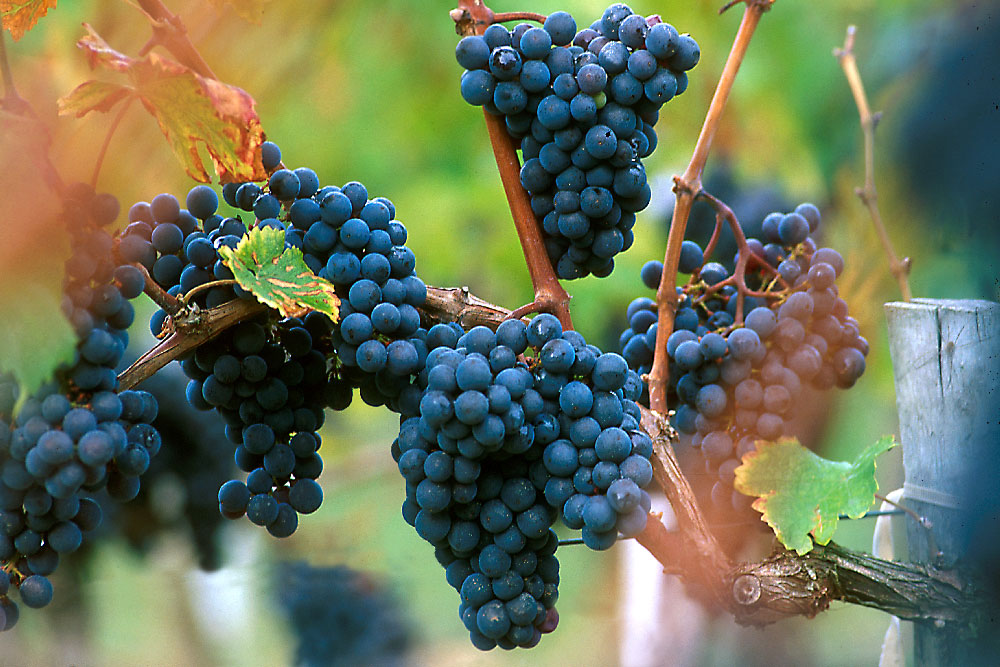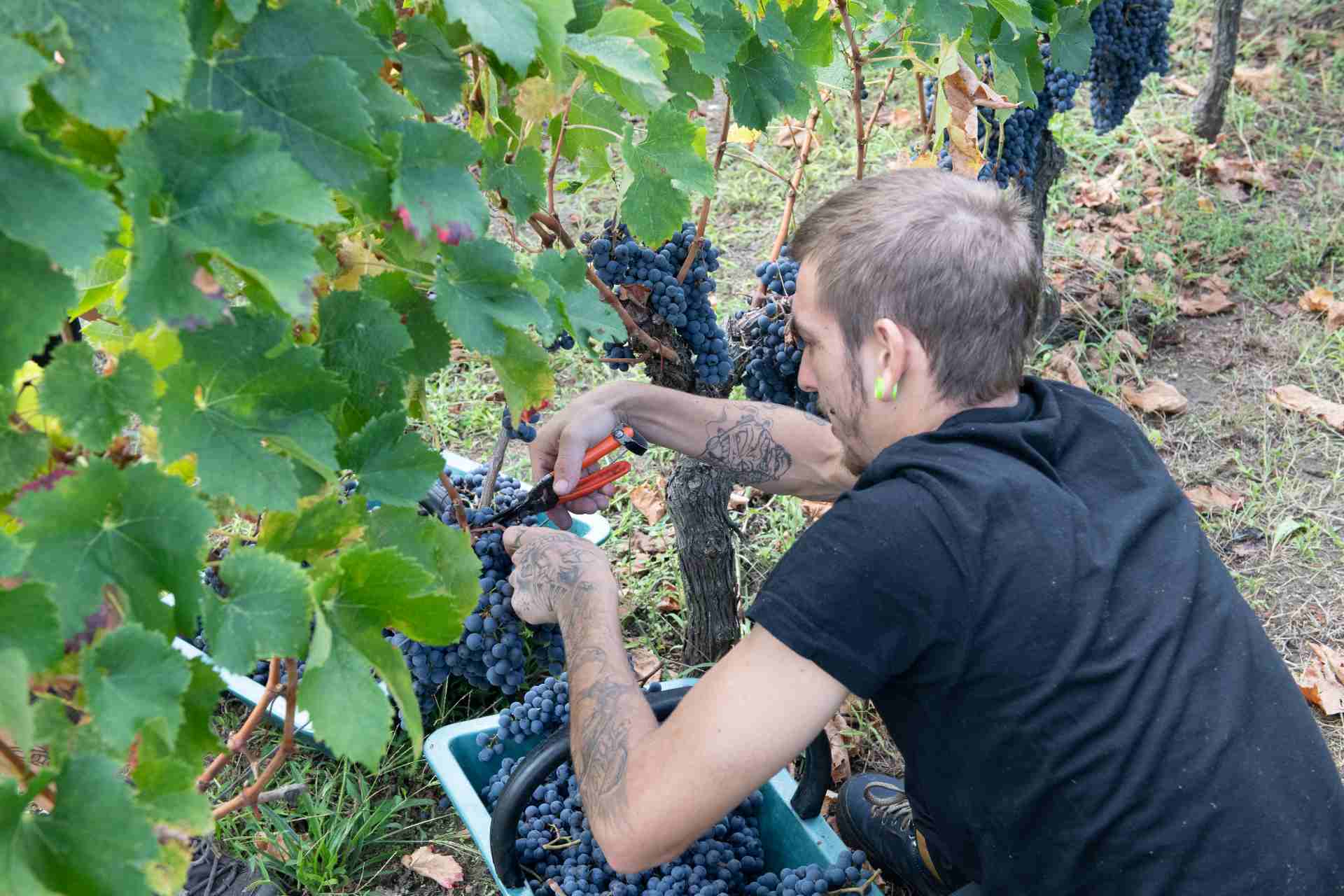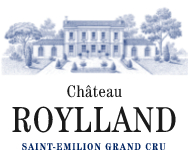The five hectares of vines of Château Roylland are distributed over three distinct areas of Saint-Émilion, amidst the most prestigious Grands Crus of the appellation (châteaux Angélus, Canon, Berliquet, etc.).
THE VINES: GRAPE VARIETIES AND VITICULTURE TECHNIQUES
The vineyard of Château Roylland spans over more than five hectares on predominantly sandy-clay soil at the foot of a hillside. It is composed of 88% merlot and 12% cabernet franc. More than 20,000 bottles of red wine are produced each year by the Château, with a yield of approximately 37 hl.

Martine and Jean-Bernard Chambard are committed to a sustainable agriculture approach, placing biodiversity at the forefront of the vineyard’s operations. Thus, a natural vegetation cover is maintained during the winter and part of the summer. As for vineyard weed management, only very light hoeing is performed. All decisions are made using environmental ethic principles and considering the plant, soil and climate. With biodiversity as a constant objective, the wine estate will start converting to organic viticulture in 2021.

Green harvesting (de-budding, de-stemming, leaf removal) is performed by hand to ensure optimal quality and, of course, the harvest itself with the help of seasonal workers.
HARVEST SEASON AT CHÂTEAU ROYLLAND
How is the harvest season carried out at Château Roylland?
Waiting for the perfect ripening is critical. Grapes are only harvested at optimal maturity, generally late September and early October. They are carried out traditionally, i.e., handpicked, plot by plot, using small crates.

Over three to four days, 65 to 70 hl of grapes are harvested per day. As soon as the crop arrives at the winery, the bunches are de-stemmed. Next, the berries undergo two successive sortings: a Tribaie densitometric sorting then a meticulous manual sorting to guarantee a qualitative selection. Finally, they are poured into vats.


